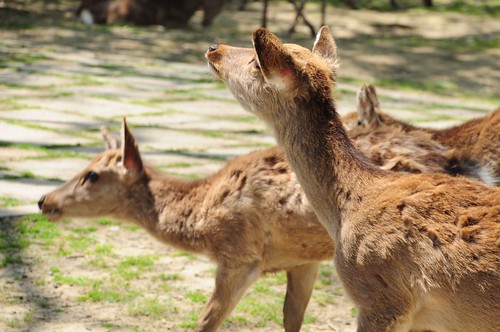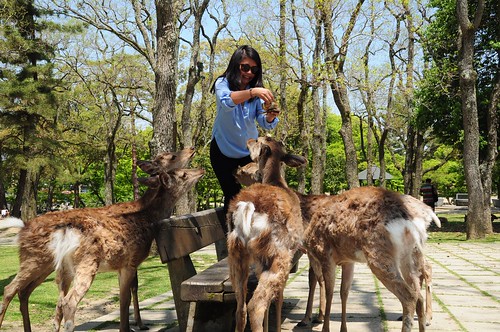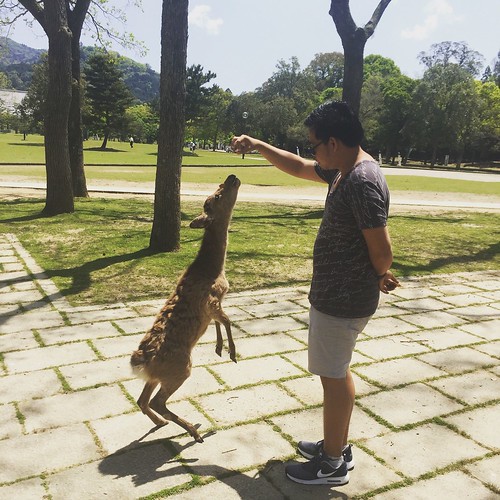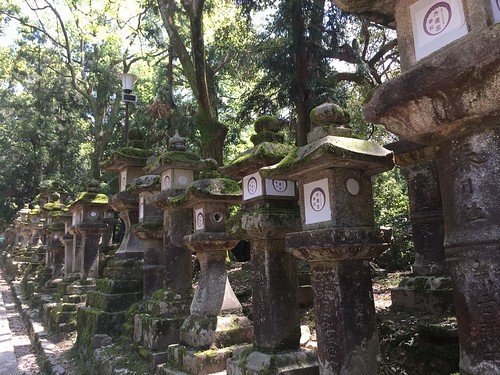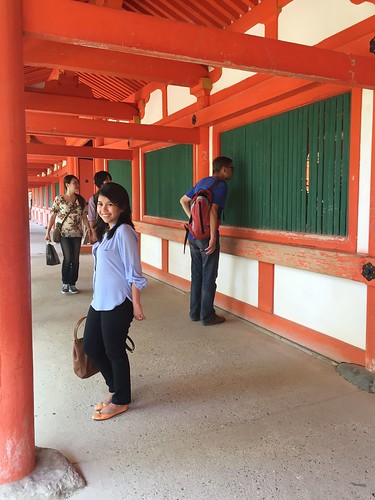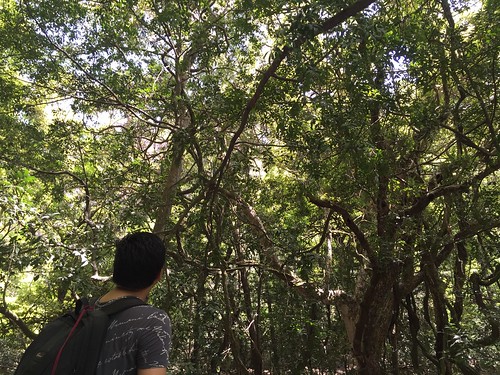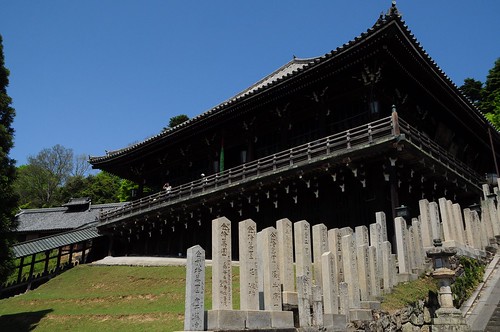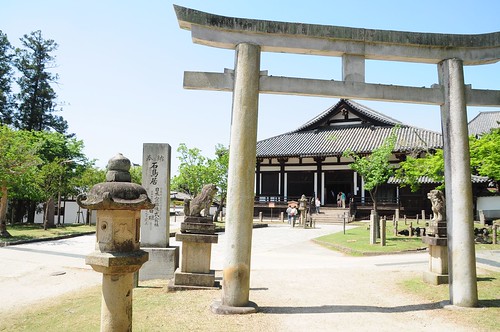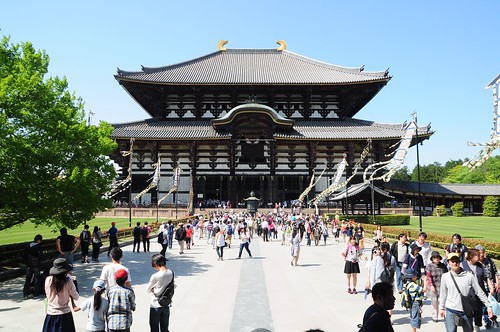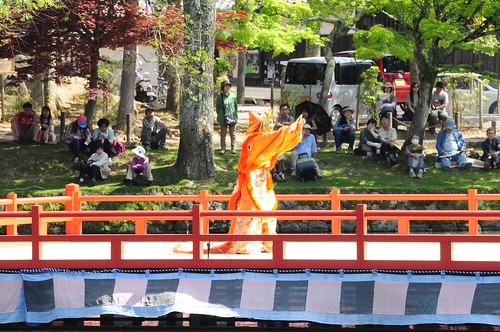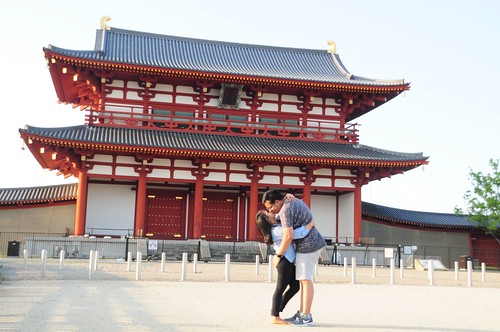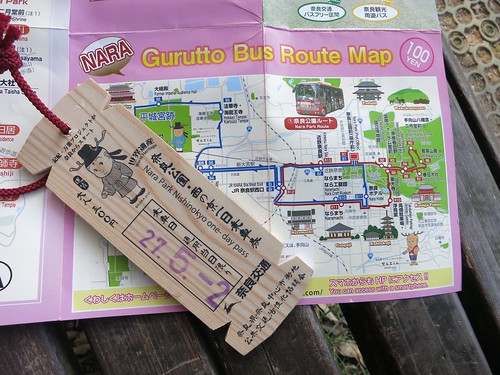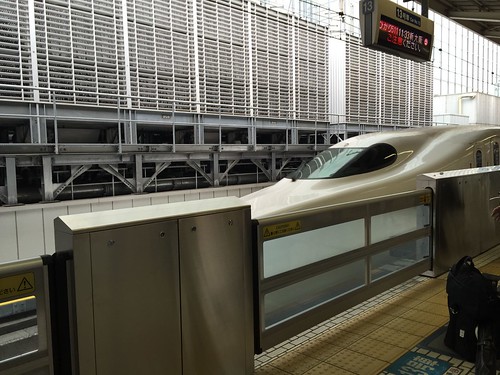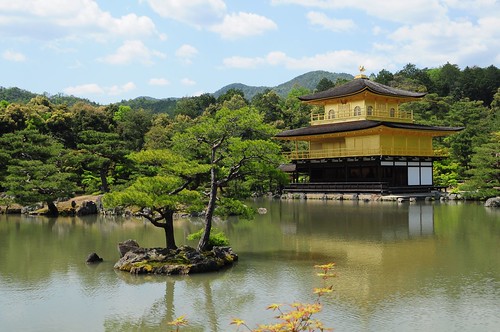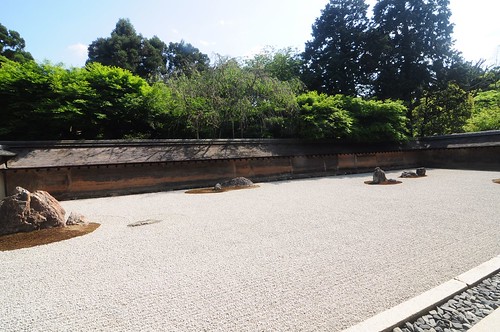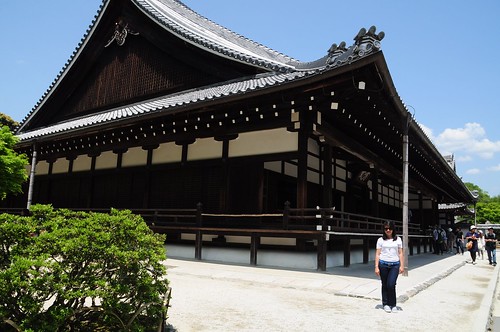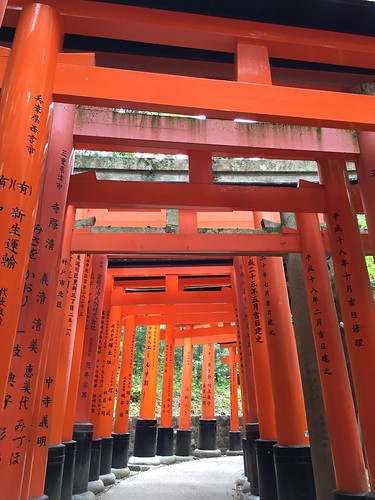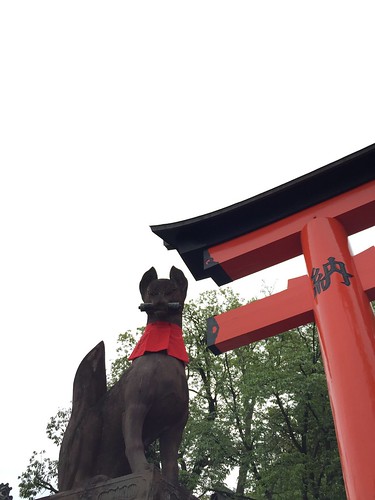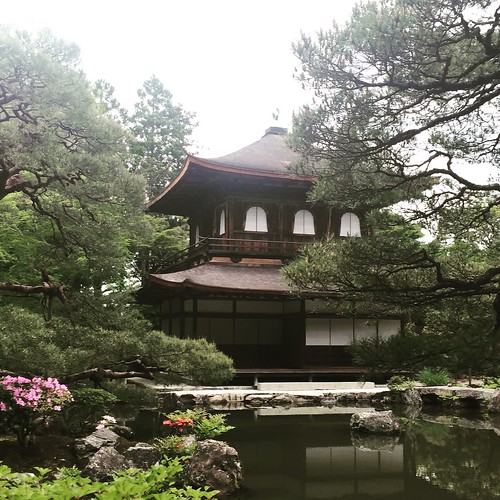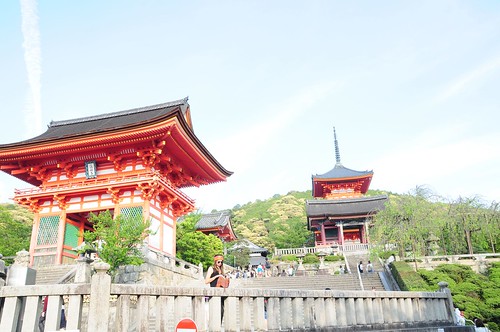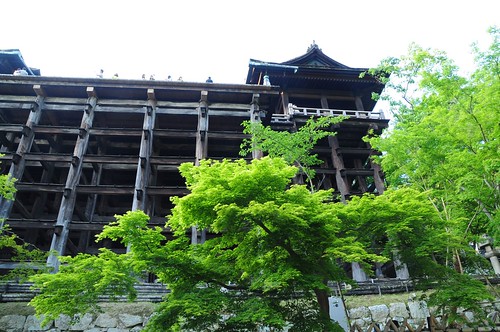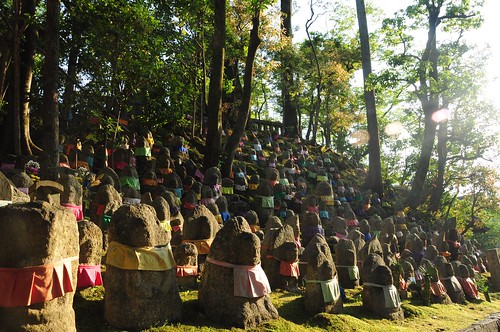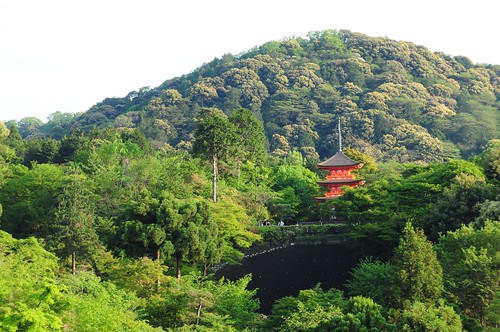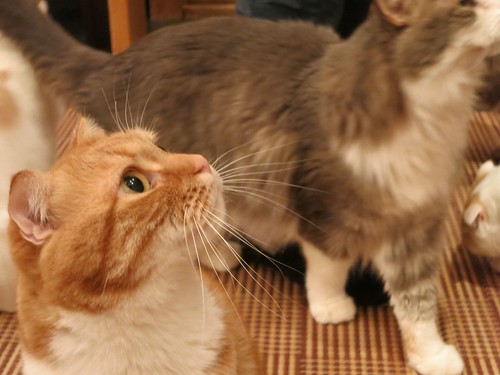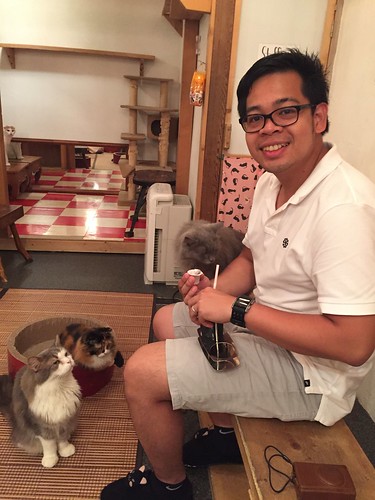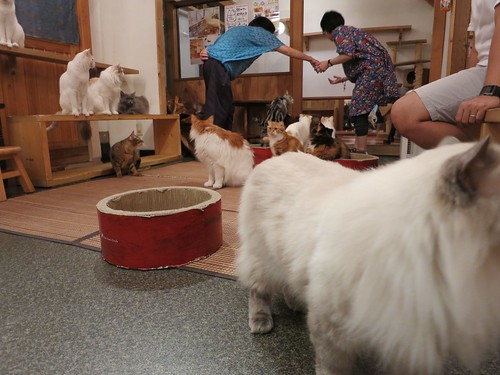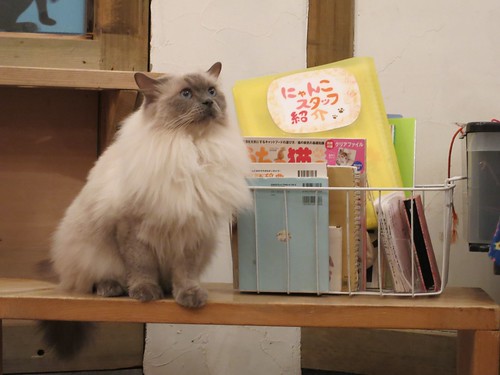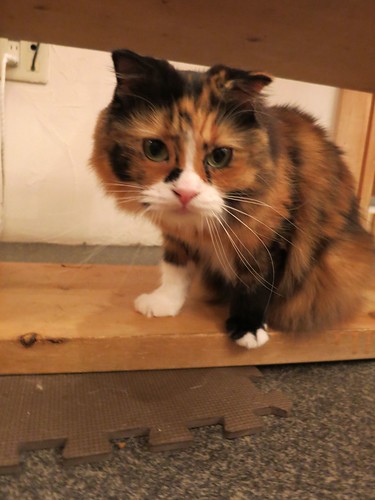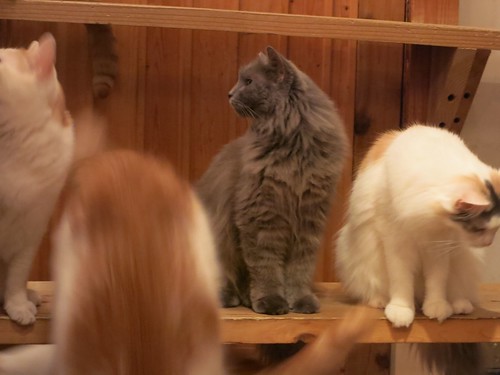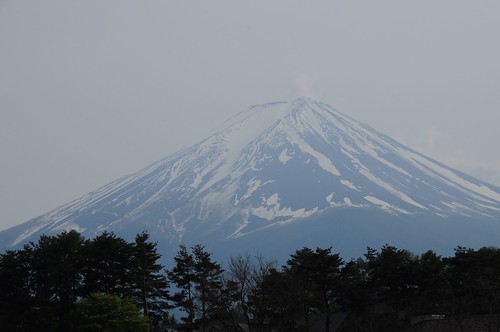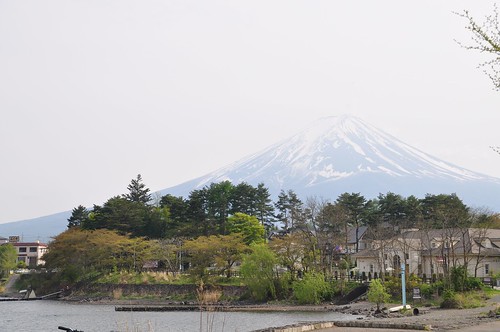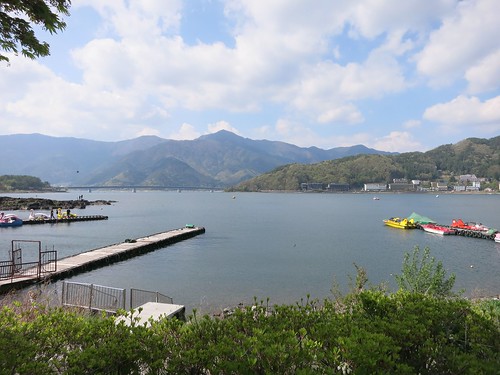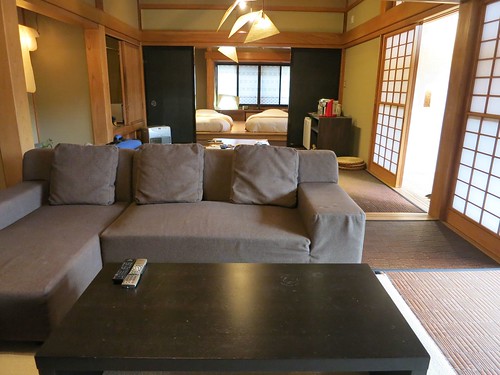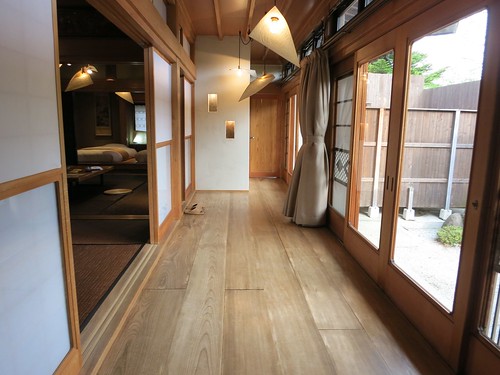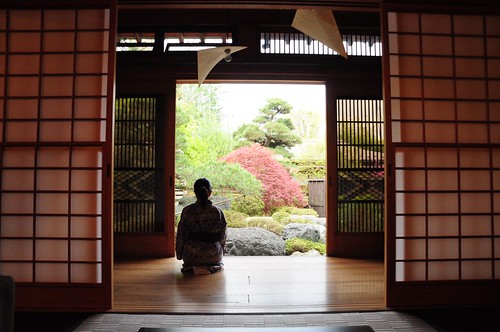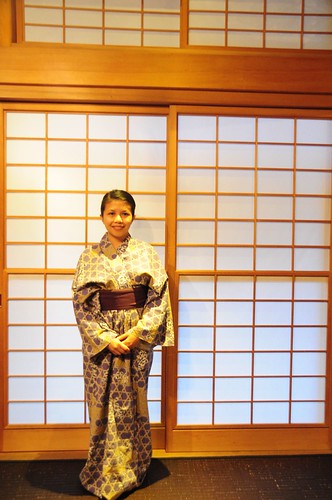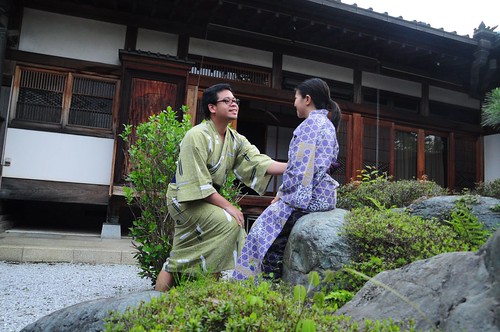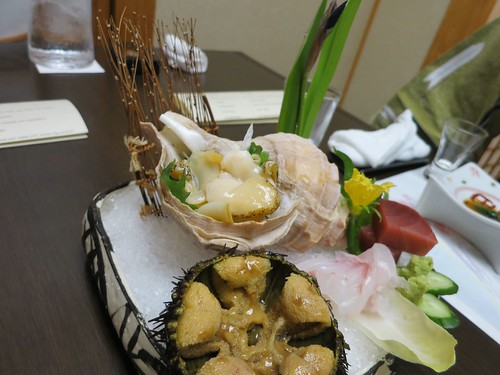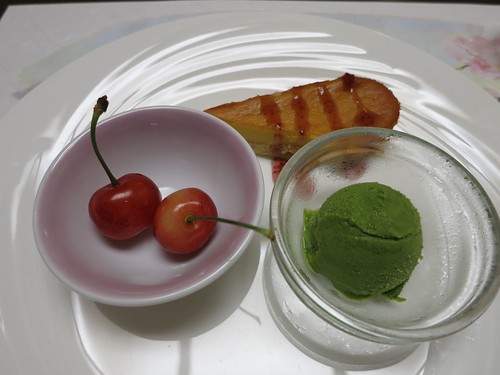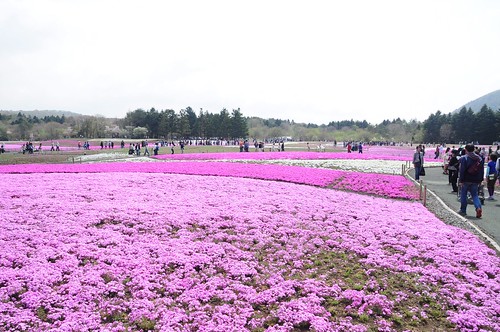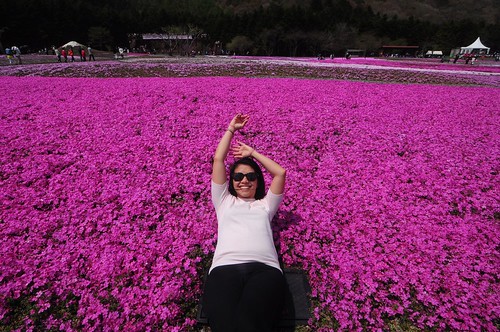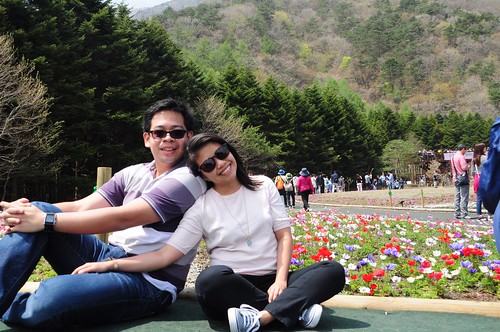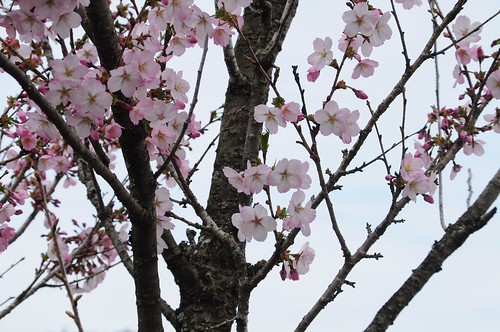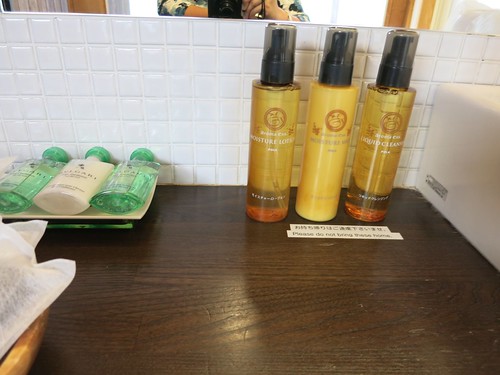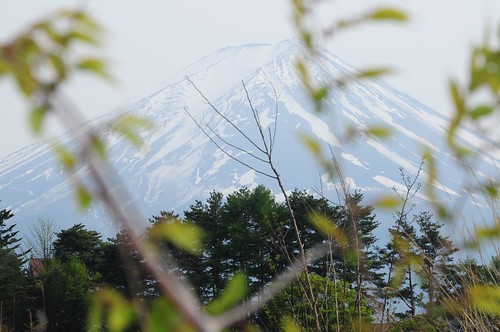Heijokyo, the capital of Japan from 710 to 784 is located in present-day Nara; it has 8 Unesco world heritage sites under its belt and a well-preserved surrounding to boot. During this period, the Japanese upper classes patterned themselves after the Chinese and Nara was modeled after Chang'an, the capital city of Tang China. In this era, Japan adapted Chinese written characters (kanji) and more importantly, the religion of Buddhism. The latter is key to appreciating the world heritage sites in the area which are more than a thousand years old.
1. Deers at the Nara Park
First order of business is to commune with the deers at Nara Park. This symbol of the city welcomes you to 4 world heritage sites located in the park.
To make sure you get their attention, feed them with shika senbei (deer crackers) and you get them at your beck and call.
Or not really. There's one trying to bite me for his biscuit.
You can take a selfie with them
Or try to train these park residents like what Person A is doing here. If you don't get to pet them at the park entrance, fret not, they're scattered all over the place waiting for the cracker.
Legend has it that the reason why there are so many deers in the park was when the Fujiwara family established the Kasuga Taisha as a family shrine they invited a mighty god from Kashima Shrine (present day Ibaraki Prefecture) and he came riding a white deer. Since then, deers have been respected and protected as divine messengers by the local people.
2. Kasuga Taisha Shrine
Established in the 8th century, the vermillion-colored buildings with cypress bark roof are the trademark of this shrine. The paths leading to the shrine are lined with approximately 2000 stone lanterns which make the walk very picturesque.
The windows you also see here is an art form reminiscent of old Japan. There are only a few left in the country.
3. Kasugayama Primeval Forest
Not only are the temples at Nara Park categorized as Unesco World Heritage Sites but the surrounding forest is also on the list. Since 841 A.D., hunting and logging have been banned in the area thus preserving its condition.
From Kasuga Taisha, Person A and I trekked 500m into the forest to admire the old trees with hanging roots and ferns. We only encountered less than 10 people doing the trail hence it is a good reprieve from the bustle of the touristy area below.
If you are into hiking and botany, it is good to include this 2.5 km hike to the summit in you itinerary. Wear hiking shoes though.
4. Nigetsudo
Finding our way to Todaiji, we chose to trek the east path and stumbled upon this structure.
This by-the-side of the mountain hall is worth the stop because of its impressive structure, it has less visitors, and the surrounding smaller temples are also a sight to behold.
Moreover, the walk to Toda-iji along the back corridor is very picturesque with cobbled stone and old-world houses.
There were 2 old people painting the street leading to Nigetsudo and we stopped for a chat. The catch, they don't speak English but we somehow knew that we understood each other.
5. Todaiji
This temple is the world's largest wooden structure. Founded in the 8th century, it houses the Vairocana Buddha (Buddha that shines throughout the world like the sun).
The huge temple is magnificent in terms of size and architecture. It has a lot of Chinese influence as most temples in the Kyoto-Nara area.
It is built as both a place of worship and an institution of doctrinal research producing a number of scholars. This is the head temple of the Kegon Sect of Buddhism.
We were lucky when we visited that there was some ceremony for the Emperor and that all the temple priests and scholars were in attendance in full regalia.
At the end, there was a procession of all the high priests/scholars (i'm guessing) which is a site to behold.
6. Kofukuji Temple
Kofukuji is the national headquarters of the Hosso school, it was built by the Fujiwara family matriarch for fast recovery of her husband's illness. It was the tutelary temple of the clan.
In 2010, the temple marked its 1300 anniversary hence the main hall is under renovation until 2018. Nonetheless, you will see the five-story pagoda - which is another symbol of the city.
The structure is beautiful, intricate and is the centerpiece of the shrine.
7. Suzakumon
This gate is the entrance to the Heijo Palace. It is named after the birds which guard the south gate.
Since we came in past closing time, we took the time to admire the massive entrance to the capital's palace. Or not really, judging by the photo we took ;P If you want to take beautiful architecture shots of world heritage sites, head over past 5PM, most likely, you will have the place to yourself.
At 5pm, it is also nice to watch the train pass by inside the palace complex. If you walk via the east side of the complex, where the palace lake garden is, there is Dog Cafe which might be a good place to have a refreshment if you are a dog lover.
The other sites we have foregone in this short trip are Heijo Palace (which I think should be a must-visit), Gangoji - with its 6th century roof tiles still in use and Yakushiji.
Our one-day visit to Nara barely scratched the surface but it is sufficient for us to fall in love with this place. It has an old-town feel, lots of history-rich sites and the environment is well-preserved. To save on bus fare, avail of the 1-day pass for Y500 which will get you around most sites. There are also numerous maps in the JR train station which can help you navigate the city.
That pine wood card is you bus pass!
That pine wood card is you bus pass!
Until we see you again, Nara!
